In: Mark Walton
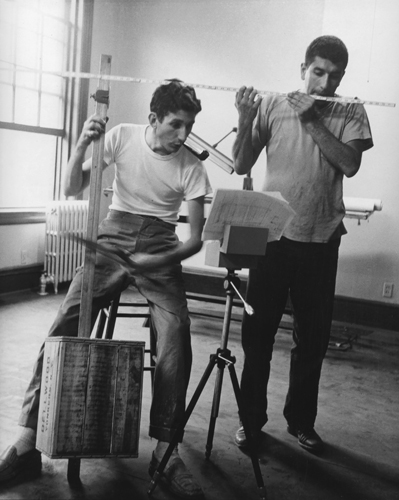
Mark Walton and Bart Gazzola – Spotlight
November 22, 2021× × Your browser does not support the video tag. Read More

Print is Not Dead | Photography That Matters ON PAPER
April 12, 2024PRINT IS NOT DEAD| PHOTOGRAPHY THAT MATTERS ON PAPER
APRIL 22, 7PM
Registry Theatre, Kitchener, ON
Tickets HERE $15 (also available at the door)
Camera sale starts at 5:30PM @londonvintagecamerashow
In a world of fast image-heavy, screen-based storytelling, why do artist still see value in slow printed photographs? Is it still possible to become a published artist/photographer in Canada? Why are these photographers still concerned with the analog world?
Join local photographers, Colin Boyd Shafer @colinboydshafer , Robin Claire Fox @robinclairefox , and Karl Griffiths-Fulton for a panel discussion hosted by photoED Magazine’s publisher Rita Godlevskis @photoedmagazine to share the pros and cons of (now) rare analog experiences.
This live, in-person discussion will NOT be recorded and will exclusively share the behind the scenes stories of IRL humans that have successfully presented their work in high-quality PRINT.
Join us to learn more about how these local folks created their legacy works, and stick around for some qualitative peer-to-peer networking, connecting, and supporting these incredible (and rare) Canadian projects.
Stick around to review these artists works on paper. Photo books and magazines will be available for sale. Support incredible local photography IN PRINT.
SPECIAL BONUS! Ron and Maureen Tucker of the LONDON VINTAGE CAMERA SHOWS will be onsite, allowing us all to ogle and purchase their quality analog cameras and accessories Sale starts at 5:30 until 6:50 and then after the panel discussion.
Presented by curated. @thecovertcollective
Want more information? DM @thecovertcollective
Read More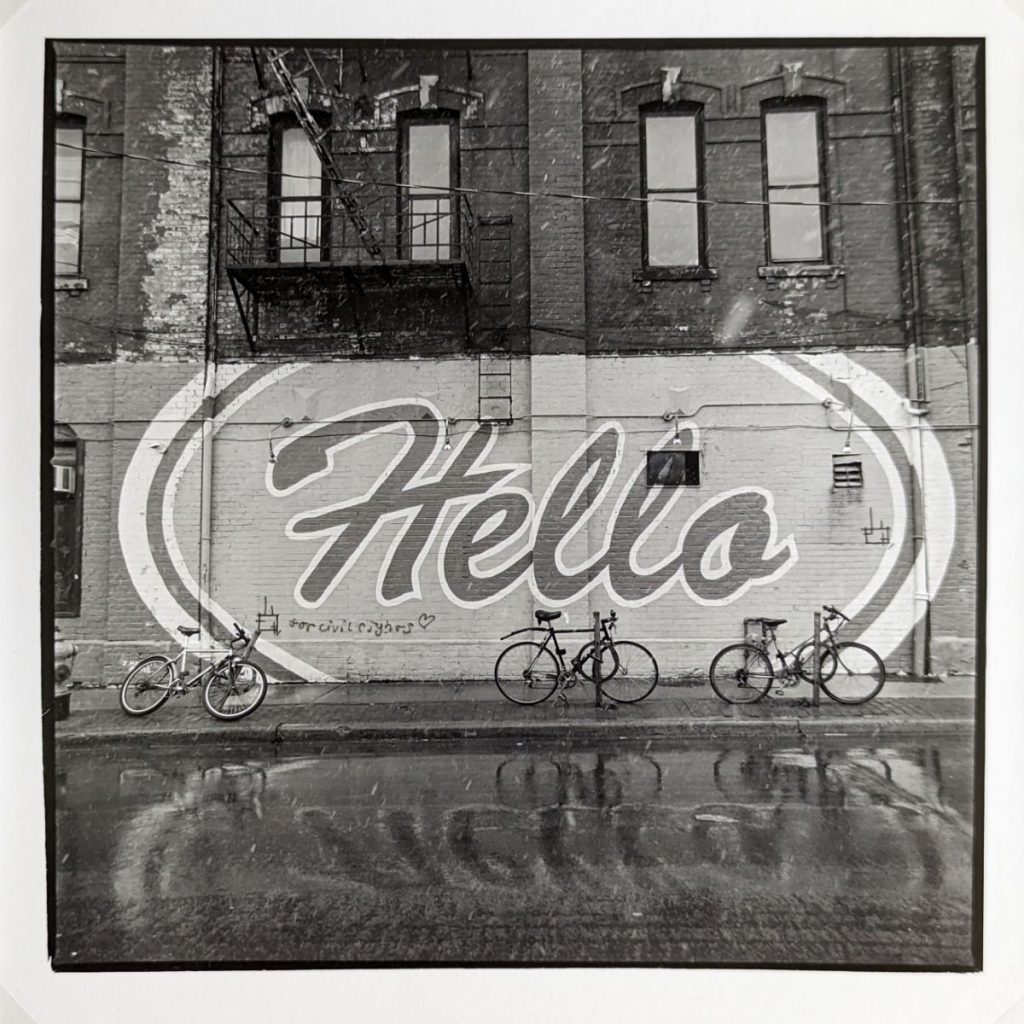
Ron Tucker | Black and White and Silver and Platinum
September 8, 2023Ron Tucker | Black and White and Silver and Platinum
I’ve overthought this. The downfall of writers in general… arts writers in particular. I got so tied up wanting to write something that would do justice to the work of an amazing photographer who I am absolutely honored to know, that I tied myself in knots and got a serious case of writer’s block. It’s never happened before.
So – I’ll let the work speak for itself, and scribble down a few things I did manage to get out.
Here it goes.
Read More
Snapshots – Emerging Artists in Waterloo
September 25, 2023This past summer, The COVERT Collective’s Waterloo contingent of curators (Mark Walton and Conan Stark) gathered a group of 3 young artists from Waterloo Region to put on an exhibition of their work. With assistance from The City of Waterloo and The Region of Waterloo Arts Fund, Snapshots was created from the combined works of Raha Rahman, Ernst, Rullmann and Daniel Burton, and hung at the city’s Visitor Information entre through the summer.
On Saturday September 23, 2023, the group’s work was shown in a large format video on the walls of The Clay and Glass Gallery in Uptown Waterloo, during the annual Lumen Festival. Over 40,000 were wandering through the streets that night… and this is what they saw…
Click HERE to see the video!
~ Mark Walton
Read More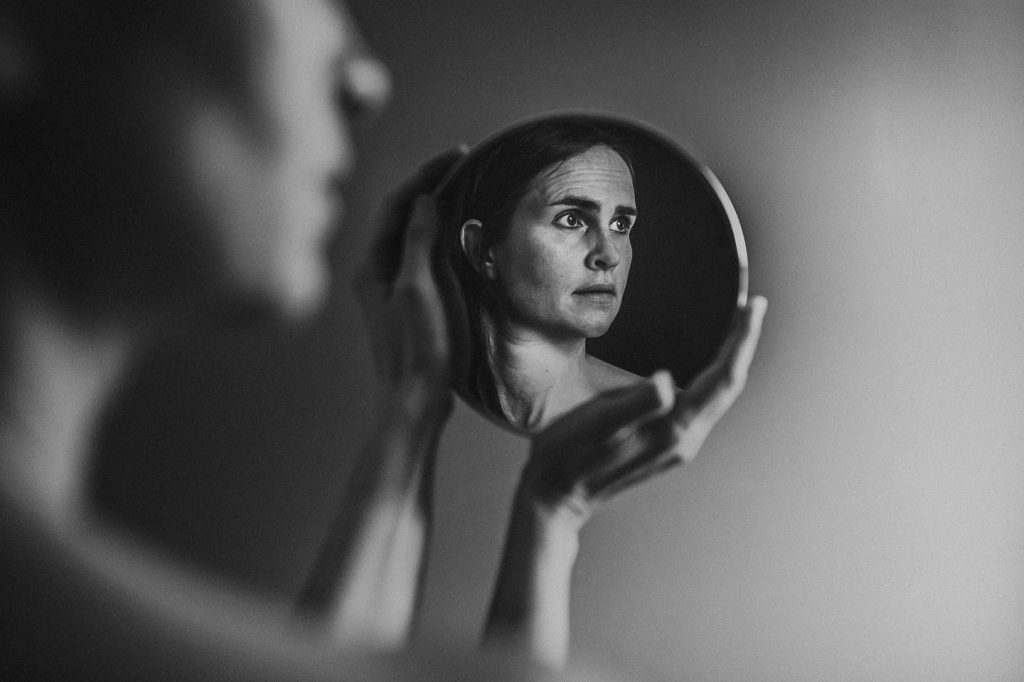
Robin Claire Fox | Reflections
March 17, 2023Robin Claire Fox | Reflections
Photography is inherently nostalgic. Every image taken is essentially the capturing of a moment from the past. That moment no longer exists, just the memory of it and an analogue print or a digital impression trapped on an electronic device. Many modern photographers harbour longings for the saturated or contrasty renderings of images made with processes and media (like Kodachrome) long out of use or no longer in production. Quite a few of them try to recreate the look and feel of these processes digitally, running their captures through filters and algorithms to bring back the visual past. While many are overdone (why keep it at 3 when you can dial it up to 10?), there are a few who have mastered the ability to make us believe that we are viewing an image taken decades ago. The evocation of this photographic past is (I believe) an effort to physically reconnect with it in a way that seems familiar, safe and warm… like sitting with your family watching slides projections of photos from a vacation taken years ago.
Ancaster, Ontario’s Robin Fox started taking photographs around the time of the birth of her most recent child as a conscious attempt to document her family’s childhoods for her future self to enjoy. She is a natural at capturing the uncertainties alongside the joys of growing up. A huge fan of Saul Leiter’s colour work, she has found a method of perfectly capturing the deep saturation and contrast Leiter exhibited in his work with Kodachrome and other slide films[1] in the 1950’s. Her images seem imbued with palettes that exist only in the memory of childhood, where everything was so much bigger and the world was awash with primary colours.
Read More
The Polaroid Book : Selections from the Polaroid Collections of Photography
January 5, 2023The Polaroid Book : Selections from the Polaroid Collections of Photography
Edited by Steve Crist, Essay by Barbara Hitchcock
Taschen 2005
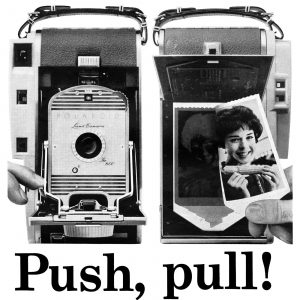
As a photographer, and especially as one who has shot a lot of instant film, I could wax poetic about the wonders of the Polaroid film process; that it was invented in 1947 by Edwin Land and his Polaroid Corporation; that he formed a partnership with Ansel Adams to explore the artistic capabilities of the medium in 1948; that Land and the Corporation made hundreds of cameras and film available to artists around the world on the condition that they gave some of their images to Polaroid’s collection of photos. I could tell you that it was THE photographic medium of the 50’s, 60’s, 70’s and 80’s and that creating a photo was indeed as easy as “Push, pull!”. However, there are so many writers and photographers out there who have extolled the virtues of the process over the last 75 years that I can’t possibly say anything new.
The Polaroid Book : Selections from the Polaroid Collections of Photography tells the story in 254 photographs by 203 artists. The photos include black and white documentary and landscape images taken with the cumbersome early models of the Polaroid line of cameras to incredibly immersive large format color images made by celebrated artists and fashion photographers. The creativity in these polaroids is boundless. From Adams to Warhol with a little Close and Hockney in between, Polaroids were a tool used by well (and lesser) known artists to create stunning pieces of work. Chuck Close’s Self-portrait (seen below) stands out; a mosaic made up of 9 separate images to create a large, somewhat disjointed selfie in Close’s trademark (and usually painted) style.
Perusing this book will lead you to want to try capturing this photo-magic yourself, which you can do by using Fujifilm’s Instax line of film and cameras. Anecdotal evidence points to these colourful, well designed cameras acting as lures to teens everywhere to further explore the possibility available to them in analog photography as a creative outlet. It is one of the reasons that film sales are quickly growing again after years of domination of the market by digital photography.
The Polaroid Book is available from numerous online and bricks-and-mortar retailers.
~ Mark Walton
Read More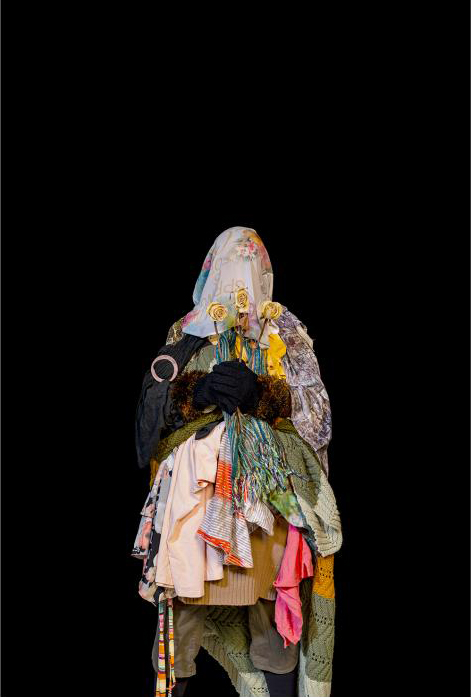
Joyce Crago | City Hall Art Gallery | Ottawa
October 6, 2022“Not long after she’d lost her sister Hazel, I ran into Joyce, and we decided to go for lunch. We settled ourselves on stylish chairs, surrounded by hushed chitchat. At mention of Hazel, Joyce crumpled, as though the loss was physically crushing in on her. In that room of mannerly interaction, tears poured freely down her face.
Joyce Crago transmuted her uncontrollable private grief into an act of profound communication. She created this work without allowing any of the power and shock of that raw and overwhelming pain to be lost in the beauty of these pieces. They don’t only express that pain, they articulate it. In viewing, we share in it, and understand.
Crago is a master of composition, and her specialty is arranging what’s been discarded in the wake of major events. Salvaged, staged, and photographed, spent objects become in her hands visually gratifying forms, and the significance with which they are imbued is revealed, laid bare.”
– Exhibition booklet excerpt by Ruth Dick
Joyce Crago is a multi-media Canadian artist with a background in textiles and law. Her creative pursuits are initialized by a compulsion to ask questions about subjects such as death, aging, mortality, and cultural trauma. She attempts to bring order to these subjects under circumstances that are not propitious.
She was the recipient of the 2021 Project X, Photography Award. In 2020, her work appeared in a featured exhibition at the Scotiabank CONTACT Photography Festival and won the Grand Prize at The Robert McLaughlin Gallery’s RMG Fridays: Focused.
Her works were recently exhibited at the Ottawa Art Gallery and have also been shown nationally and internationally. They are held in the City of Ottawa Art Collection as well as many private collections.
Joyce Crago gratefully acknowledges the support of the Ontario Arts Council.
~ Mark Walton
Read More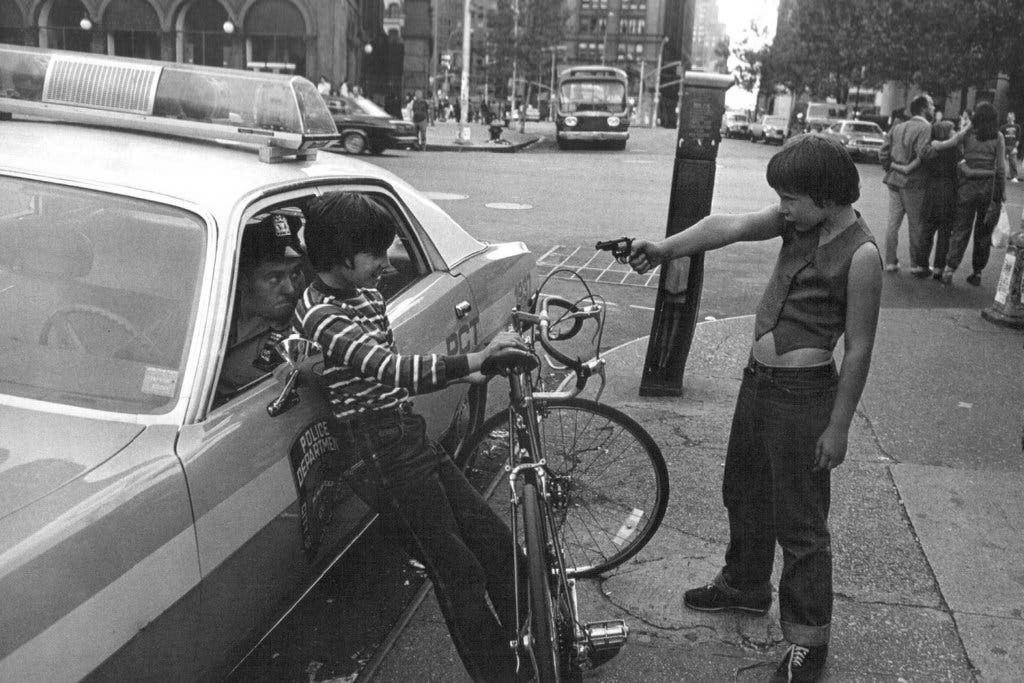
Gun Play | Jill Freedman
August 8, 2022Jill Freedman is a name you should know in the world of photography… but more than likely don’t. With a career that spanned 40 years, 7 (and counting) books and pieces acquired by major galleries, Freedman’s work connects deeply with her subjects in a manner unlike most documentary photographers.
From the very beginning, Jill was IN. She didn’t go to take photos of Resurrection City in Washington in 1968; she LIVED in the camp with the protesters for the duration of that campaign. She travelled with the circus for several months in the early 70’s to get her incredible photos of life under and around the big top. She embedded herself in the firehouses and police precincts of NYC and came out with work so beautiful and intimate that her two books on the subjects (Firehouse and Street Cops) were snapped up by first responders when they were re-released in the early 2000’s.
When Pulitzer Prize winner Studs Terkel wrote his oral history Working in 1974, Jill Freedman was who he interviewed when talking about photographers. From the first time I saw her work, I knew that there was an extreme tension in how she approached it. “Sometimes it’s hard to get started, ’cause I’m always aware of invading privacy. If there’s someone who doesn’t want me to take their picture, I don’t. When should you shoot and when shouldn’t you? I’ve gotten pictures of cops beating people. Now they didn’t want their pictures taken. (Laughs.) That’s a different thing.”[i] Freedman walked a very thin line between rooting for the underdog yet respecting authority.
You can find out more about Jill Freedman at http://www.jillfreedman.com/. Resurrection City, 1968 was recently re-published and can be found for purchase at your favorite bookstore or online. Firehouse and Street Cops are no longer in print, but used copies can be found online.
[i] Working: People Talk About What They Do All Day and How They Feel About What They Do by Studs Terkel Text © 1972, 1974 by Studs Terkel – The New Press, New York, 2004, Pg. 153-154
~ Mark Walton
Read More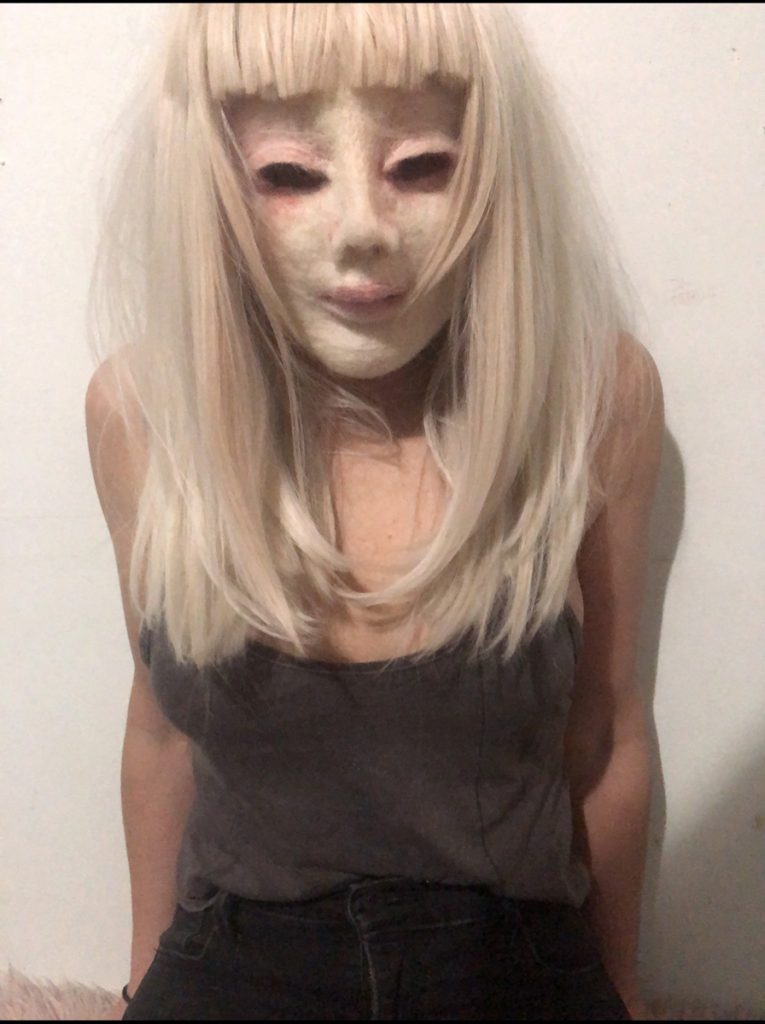
Different Water
June 22, 2022Different Water A Discussion on Art featuring work by Chrystal Gray and Mayra Perez Whiskey Bottle by Mayra Perez, Mask and... Read More

The Chain Links
June 20, 2022Faki Kuano | Sarah Cheon | Ashley Guenette The Chain Links × × curated. by The COVERT Collective is pleased to... Read More
Recent Comments